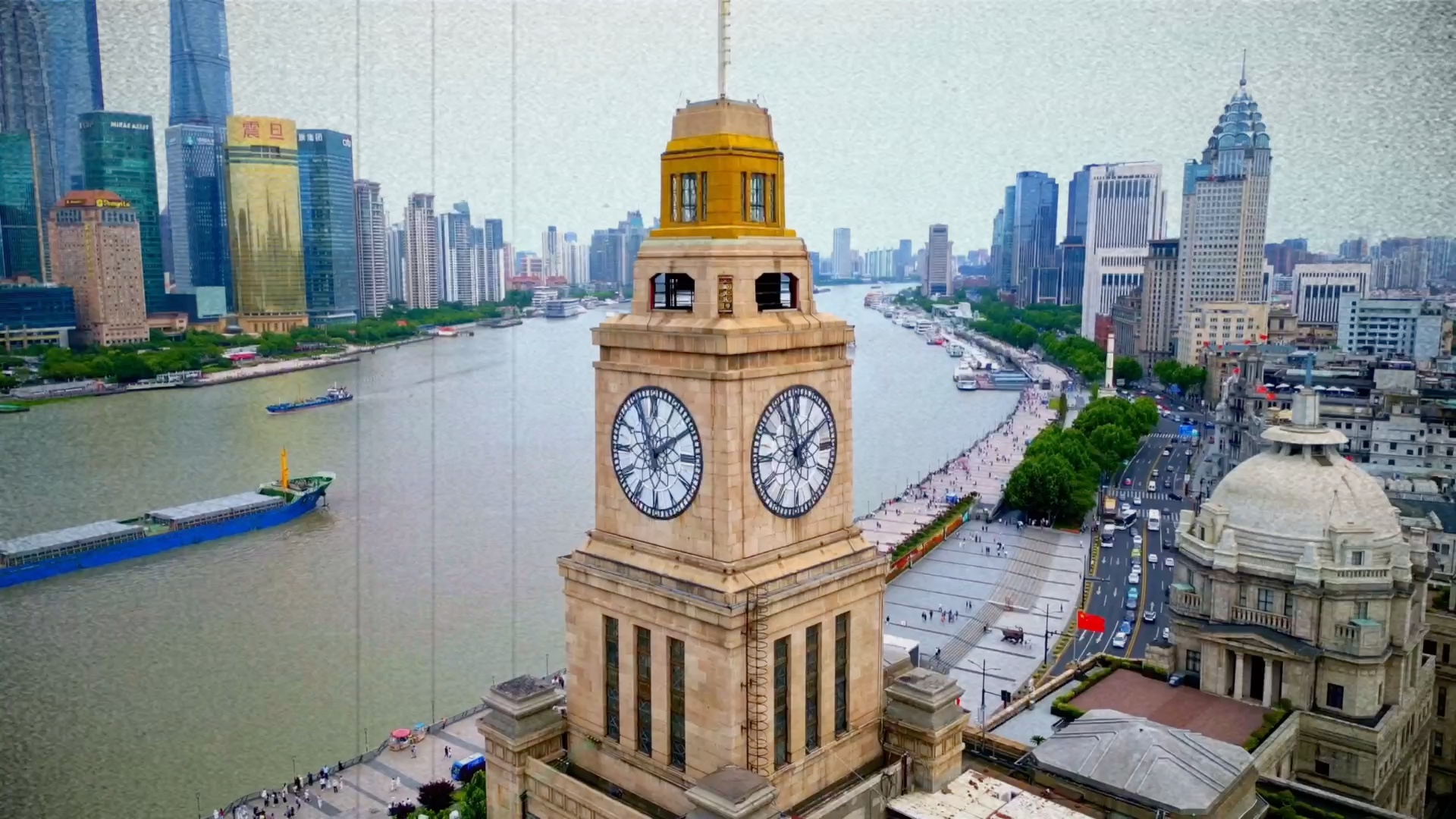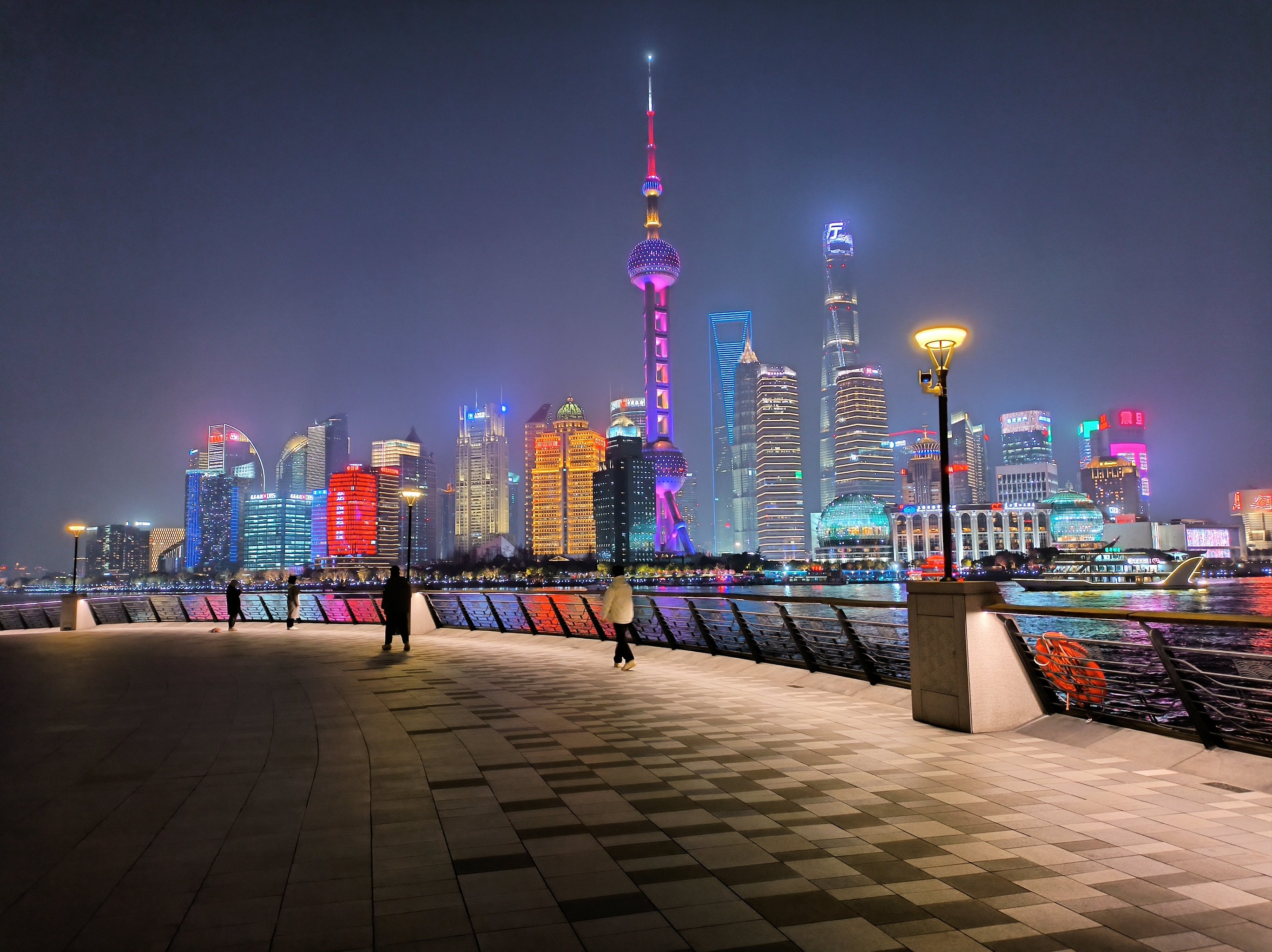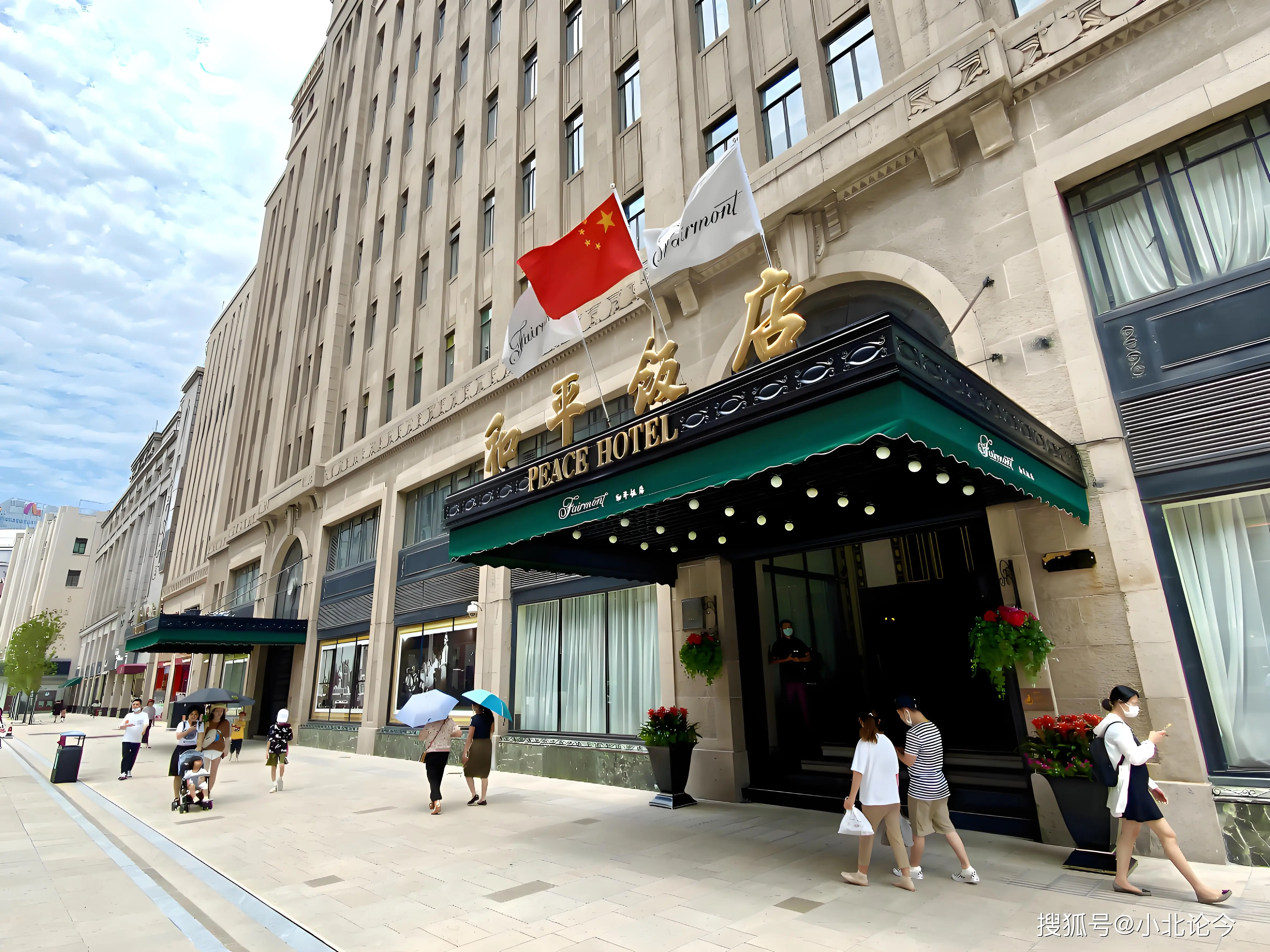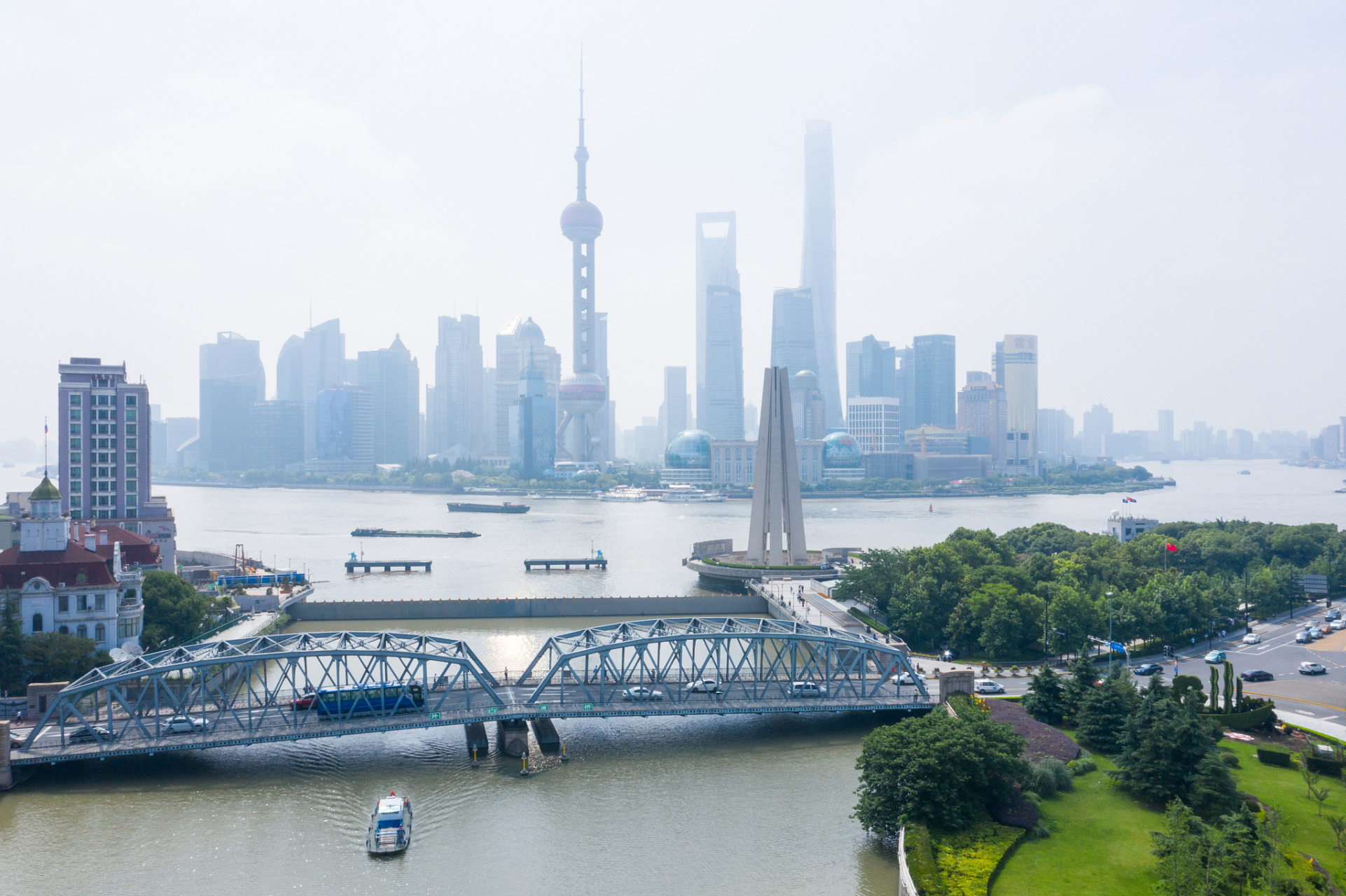Located on the banks of the Huangpu River, the Shanghai Bund is one of Shanghai's most famous urban icons, stretching approximately 1.5 kilometers from Yan'an East Road in the south to Waibaidu Bridge in the north. To the west of the Bund are 52 classical revival buildings with various styles, known as the "International Architecture Exhibition"; to the east is the Huangpu River, with a panoramic view of the modern architectural complex of Lujiazui Financial District across the river, forming Shanghai's most representative urban skyline.
The history of the Bund dates back to the mid-19th century. After Shanghai was opened as a treaty port, foreign powers established concessions here, successively building banks, commercial firms, clubs, newspapers, and other buildings. These buildings feature diverse styles, including Gothic, Roman, Baroque, and Chinese-Western hybrid styles, becoming witnesses to Shanghai's century-old modern history.


Today, the Bund has become a symbol of Shanghai and a must-visit destination for Chinese and foreign tourists. During the day, it is an excellent place to experience Shanghai's historical changes; at night, the buildings are illuminated with brilliant lights, complementing the neon lights of Lujiazui across the river, forming a magnificent picture that blends modernity with history.
The Bund is not just a tourist attraction but also a microcosm of Shanghai's urban development. It has witnessed Shanghai's transformation from a fishing village to an international metropolis and symbolizes the integration and collision of Eastern and Western cultures.
After the Opium War, according to the Treaty of Nanking, Shanghai became a trading port. Foreign powers began establishing concessions in Shanghai, and the Bund area gradually developed into a concentration of foreign firms and consulates.
The first batch of Western-style buildings were built along the Bund, mostly砖木结构 (brick and wood structures) on a small scale. In 1865, HSBC established a branch on the Bund, marking the beginning of the Bund's development as a financial center.
The Bund ushered in a construction boom with a batch of magnificent masonry buildings rising, including the current Peace Hotel, Customs House, HSBC Building, and other iconic structures, forming the pattern of the "International Architecture Exhibition" seen today. The Bund became the most important financial center in the Far East, known as the "Wall Street of the East."
After the founding of New China, foreign banks and enterprises on the Bund successively withdrew or were nationalized, and the buildings were mostly used by government agencies and state-owned enterprises. During this period, the architectural appearance of the Bund remained largely unchanged, but their functions underwent significant changes.
With reform and opening up, the Bund gradually regained vitality, and many historical buildings were restored and reused for commercial, hotel, cultural and other purposes. In 1995, the Bund historical buildings group was listed as a Shanghai cultural relic protection unit; in 2007, the Bund was rated as a national AAAA tourist attraction; before the 2010 Shanghai World Expo, the Bund completed a large-scale renovation, becoming a more suitable public space for visiting.

Built in 1929, formerly known as Cathay Hotel, it is one of the most representative buildings on the Bund, combining Gothic and Art Deco styles. It has hosted numerous celebrities and politicians, and is a witness to Shanghai's modern history.
Built in 1927, it adopts Greek Revival style. The clock tower on top was modeled after Big Ben of the British Houses of Parliament. The clock tower is 79 meters high, one of the highest points on the Bund, and its bell once served as Shanghai's standard time.
Built in 1923, it was once the headquarters of the Hongkong and Shanghai Banking Corporation, renowned as "the most elaborate building from the Suez Canal to the Bering Strait." The architectural style is Neoclassical with magnificent interior decoration, and it now houses the headquarters of Shanghai Pudong Development Bank.

Built in 1907, it is Shanghai's first steel structure bridge, connecting the Bund and Hongkou District. This bridge has witnessed Shanghai's century-old changes, is a filming location for many movies and TV series, and is also one of the Bund's iconic landscapes.
Located at the northern end of the Bund, it is the source of the Bund historical buildings group, preserving several historical buildings from the late 19th to early 20th centuries, including the former British Consulate and Union Church. It has now been transformed into a cultural and leisure area.
Connecting the Bund and Lujiazui, it is a sightseeing tunnel under the Huangpu River with a total length of 646.7 meters. Inside the tunnel, there is a dreamlike light and music performance, making it a unique passage connecting the history of Puxi and the modernity of Pudong.
The "International Architecture Exhibition" on the Bund brings together architectural styles from all over the world, reflecting the main trends of Western architectural art from the late 19th to early 20th centuries, while also incorporating Chinese elements, forming a unique architectural cultural landscape.
The most common architectural style on the Bund, emphasizing symmetry, proportion, geometric forms, and the application of classical architectural elements.
Representative Buildings: HSBC Building, Customs House
Characterized by pointed arches, spires, towers, and elaborate sculptural decorations, often with a sense of sacredness typical of religious buildings.
Representative Buildings: Peace Hotel South Building, Holy Trinity Church
Popular in the 1920s-1930s, emphasizing geometric patterns, streamlined designs, and the use of new materials, reflecting a sense of modernity.
Representative Buildings: Peace Hotel North Building, Sassoon House
Characterized by curves, dynamism, ornate decorations, and strong contrast between light and shadow, creating a dramatic visual impact.
Representative Buildings: Lloyds Bank Building, Asiatic Petroleum Building
Integrates Western architectural structures with traditional Chinese decorative elements, reflecting the characteristics of cultural integration.
Representative Buildings: Bank of China Building, Bund No. 27
| Bund Sightseeing Area | Open 24 hours |
| Building Light Show | 19:00-22:00 (may start earlier in winter) |
| Peace Hotel Interior Visit | 10:00-22:00 |
| Huangpu River Sightseeing Tunnel | 8:00-22:00 |
| Bund Sightseeing Area | Free |
| Huangpu River Sightseeing Tunnel | ¥50-70/person (one-way/round-trip) |
| Huangpu River Cruise (one-way) | ¥80-150/person (varies by time slot) |
| Peace Hotel Interior Visit | Free (consumption required in consumption areas) |
Zhongshan East 1st Road, Huangpu District, Shanghai, on the banks of the Huangpu River
Approximately 1.5 kilometers
52 historical buildings
International Architecture Exhibition, Huangpu River landscape, urban skyline
National AAAA Tourist Attraction, Shanghai Cultural Relic Protection Unit
Nanjing Road Pedestrian Street, Yu Garden, People's Square, Lujiazui
Suitable all year round, with spring and autumn having the most pleasant climate
Approximately 20 million visitors annually
Records the century-old historical changes since Shanghai's opening as a port, serving as an important material witness to China's modernization process
Brings together various Western architectural styles, serving as an important sample for studying modern architectural art
Reflects the collision and integration of Eastern and Western cultures, forming unique Shanghai-style cultural characteristics
Once the financial center of the Far East, witnessing the development of China's modern financial industry
Has become a symbol of Shanghai's urban image, carrying urban memories and cultural identity